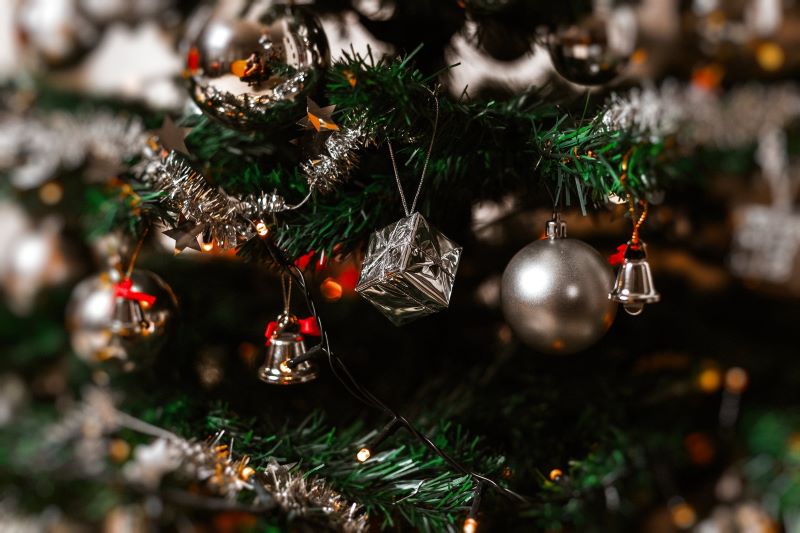Understanding the Environmental Impact of Artificial Christmas Trees
As the holiday season approaches, many families begin to consider what type of Christmas tree to display in their homes. In recent years, artificial trees have become increasingly popular due to their low maintenance and reusable nature. However, the environmental impact of these trees is a topic of debate. So, which type of Christmas tree is the most eco-friendly?
Artificial Christmas trees are typically made from PVC plastic, which is a petroleum-based product. The production of PVC is highly environmentally damaging, as it releases toxic chemicals into the air and water. Additionally, artificial trees are often shipped long distances from overseas, increasing their carbon footprint. Despite their reusability, artificial trees eventually become non-recyclable waste and end up in landfills.
In contrast, natural Christmas trees are grown specifically for the holiday season and are often harvested from tree farms. These trees are biodegradable and can be recycled into mulch or used in erosion control. Additionally, tree farms help promote wildlife habitats and reduce erosion. Meanwhile, natural trees produce oxygen and absorb carbon dioxide, mitigating climate change.
The Eco-Friendliness of Various Artificial Christmas Tree Materials
However, there are also environmental concerns associated with natural trees. The use of pesticides and fertilizers on Christmas tree farms can pollute nearby water sources and harm local ecosystems. Furthermore, if natural trees are not disposed of properly, they can contribute to deforestation.
So, which type of tree is truly the most eco-friendly? The answer lies in how the tree is cared for and disposed of. For artificial trees, it is important to use them for multiple years and recycle them properly at the end of their life. Additionally, look for manufacturers that use recycled materials or make efforts to reduce their carbon footprint during production and transportation.
Tips for Choosing an Eco-Friendly Christmas Tree Option.
For natural trees, consider purchasing from local tree farms that use sustainable farming practices. After the holiday season, recycle the tree either through curbside pick-up or by repurposing it as mulch. Another option is to purchase a potted living tree that can be planted outside after the holidays.
Ultimately, the choice comes down to personal values and preferences. While artificial trees may appear more convenient, they have a larger environmental impact over time. Natural trees, on the other hand, require continual resource consumption but can have a positive environmental impact if disposed of properly. In either case, reducing overall consumption and waste during the holiday season is the best way to minimize environmental impact.
In conclusion, determining the most eco-friendly Christmas tree is not a simple task. However, by considering factors such as production methods, transportation, and end-of-life disposal, we can make informed decisions that align with our values and help reduce environmental harm during the holiday season.

